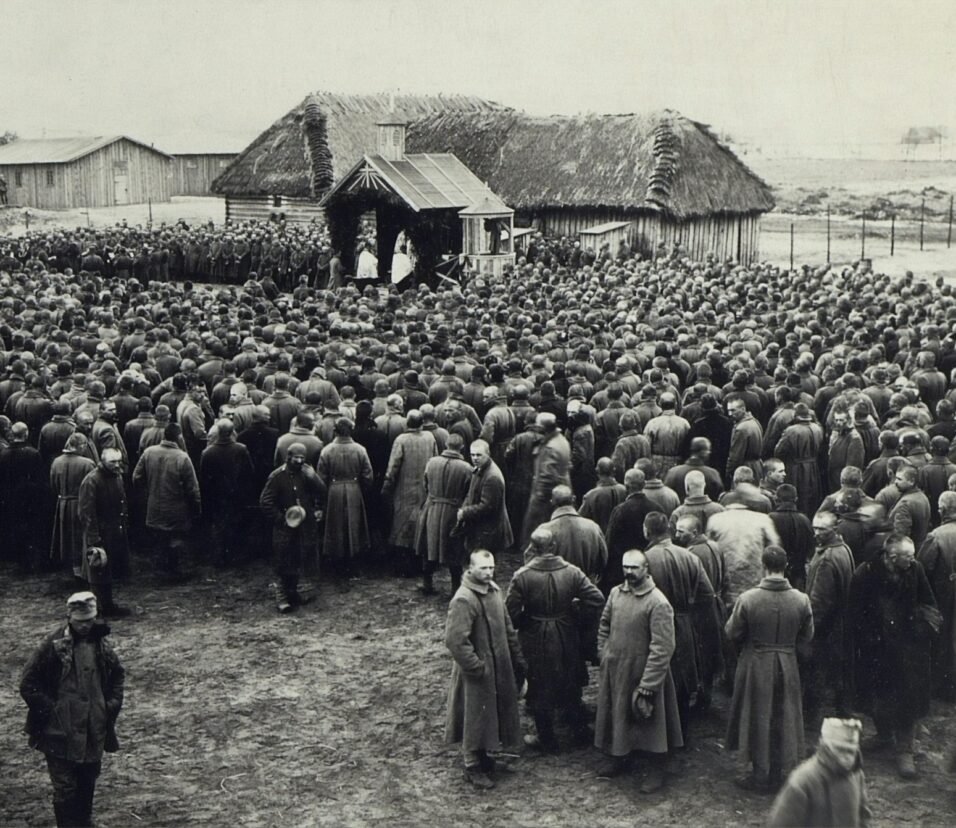Comparing the Colonial Regions
Comparing the Colonial Regions: When examining the early settlements of North America, one cannot overstate the role played by the natural environment in shaping the distinctive characteristics of each region. The American colonies, by the 1700s, had evolved into three distinguishable regions: New England, Middle, and Southern. Each held unique geographical and cultural features that directly influenced their economic activities, societal norms, and interregional relations. This article delves deeper into these distinct regions, offering a closer look at their respective dynamics.
New England: Tough Terrains and Steely Resolve
The New England region, encompassing Connecticut, Rhode Island, Massachusetts, and New Hampshire, is often associated with its hilly landscapes and dense forests. This region was infamous for its inhospitable terrain and harsh climatic conditions. A blend of rocky soil, bone-chilling climate, and prolonged winters made farming a challenging venture. Consequently, agriculture wasn’t the primary occupation for the inhabitants, a significant number of whom were Puritan immigrants.
Instead of large-scale farming, modest family-owned farms, often referred to as ‘gentleman farms,’ were the norm. The limitations of the soil steered the colonists toward fishing and hunting as their primary sources of sustenance. Over time, a substantial number of these colonists morphed into traders and skilled craftsmen, producing goods such as boats and timber, which were integral to their economy. A quintessential feature of New England’s colonists was their indomitable spirit, fuelled by a stringent work ethic and deeply ingrained religious beliefs. They treasured their close-knit families and valued the strength of their vibrant communities.
Puritan Influence in New England
Indeed, one cannot discuss New England without considering the influential role of the Puritans. These hard-working settlers, deeply religious, left an indelible mark on the region. Their values, centered around community and religious devotion, were embedded in every aspect of their life, influencing laws, education, and even their economic practices.
Religion played an essential role in both the private and public lives of the Puritans. They built their communities around the church, and their laws were deeply intertwined with their religious beliefs. These communities emphasized education, with many towns establishing schools to ensure that their citizens could read the Bible. Such early investment in education is part of why New England became a hub for higher learning, with institutions like Harvard and Yale tracing their roots back to this time.
The Middle Colonies: Embracing Diversity and Agriculture
Moving southward, the Middle Colonies, comprising New York, Delaware, Pennsylvania, and New Jersey, showcased a more agrarian landscape. Endowed with a temperate climate, fertile soil, flat terrain, swift rivers, and vast valleys, the Middle Colonies provided an ideal environment for farming. Large-scale farmers exploited these conditions to grow a cornucopia of crops and rear livestock. Hence, these colonies earned the moniker ‘Breadbasket’ of America.
However, the economic activities in the Middle Colonies were not confined to agriculture. Elements of manufacturing and trade played significant roles in their economy. Urban traders would exchange and sell goods with other colonies, creating a lively marketplace and fostering economic growth.
The Role of Diversity in the Middle Colonies
The Middle Colonies are historically recognized for their cultural and ethnic diversity. This region, more than any other, was a melting pot of cultures with settlers hailing from a variety of backgrounds. This rich cultural tapestry cultivated an atmosphere of religious tolerance and freedom that was significantly different from the more homogeneous New England. This ethos of acceptance set the groundwork for the pluralistic society that would later define the United States.
Southern Colonies: A Tale of Plantations and Inequality
The Southern Colonies, comprising Virginia, Maryland, North Carolina, South Carolina, and Georgia, boasted fertile soil and expansive coastal lowlands. These geographical characteristics facilitated the growth of cash crops such as tobacco, rice, and indigo on large plantations. The plantation system led to a distinctive socioeconomic stratification.
Wealthy planters maintained extensive plantations, while subsistence farmers operated smaller farms, managing a hand-to-mouth existence. The plantation economy depended heavily on the labor of enslaved Africans, who were subjected to brutal living conditions and had limited rights. Despite the grim reality of slavery, the Southern Colonies, like the Middle Colonies, permitted greater religious freedom than New England. The Church of England, however, was the predominant religious institution.
Slavery and the Southern Colonies
Slavery played a fundamental role in the Southern Colonies, underpinning the plantation economy. Thousands of Africans were forcibly brought to the colonies, where they lived and worked under deplorable conditions. Despite the harsh realities, the enslaved Africans persevered, maintaining their cultural traditions and creating communities that provided some respite from their hardships. They also contributed significantly to the region’s cultural landscape, influencing everything from music to food.
Conclusion
Analyzing the American colonial regions of New England, Middle, and Southern reveals the unique interplay between geography, economy, and society. From the challenging terrains of New England to the breadbasket Middle Colonies and the plantation economy of the South, each region presents a unique facet of colonial America. Understanding these facets is crucial to appreciate the subsequent trajectory of American history, shaping the country’s cultural, social, and economic development.







